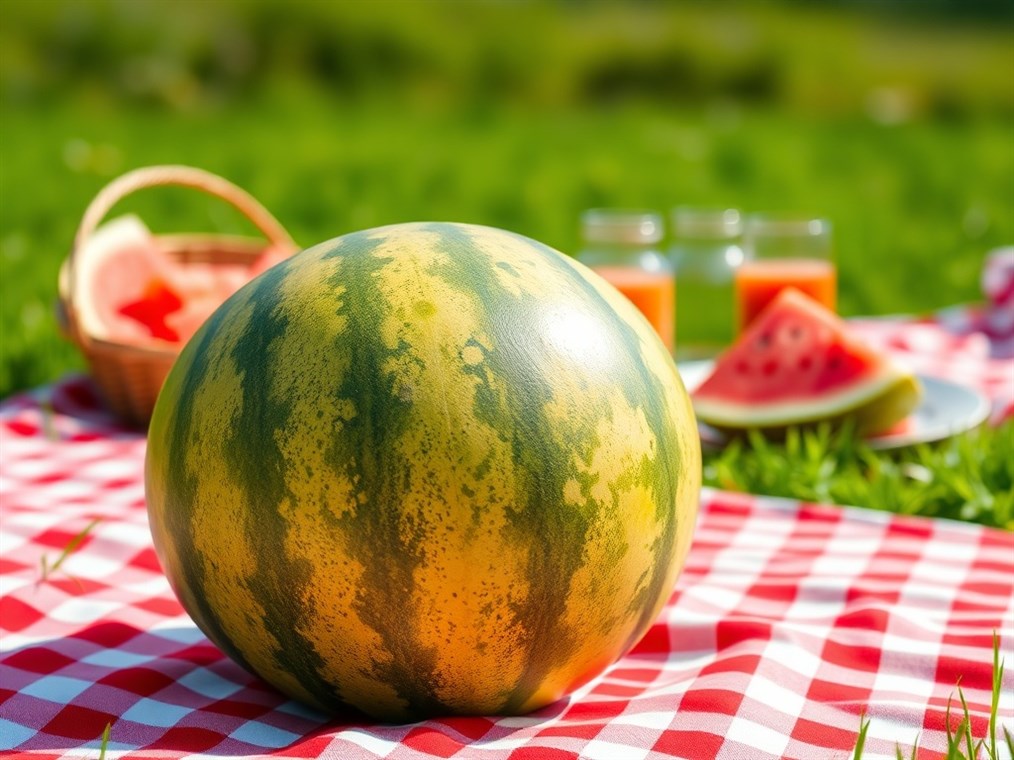Is That Watermelon Safe to Eat? What to Do If It’s Gone Bad
Watermelon. Just the word conjures up images of summer picnics and sticky fingers. But this juicy treat can turn on you if you’re not careful. We’re talking about what happens when watermelon goes bad, and trust me, it’s not pretty.
So, how does a perfectly good watermelon become a potential health hazard? A few things can go wrong.
First off, bacteria. Think Salmonella, E. coli, the usual suspects. These guys can hitch a ride from the soil where the melon grew, or even from less-than-ideal handling along the way. Then there’s mold, which loves a warm, moist environment. Leave a watermelon sitting around too long, and you might find fuzzy green or white patches making themselves at home. And while a slightly overripe watermelon might just taste a little mushy, it can also become a breeding ground for unwanted bacteria. The CDC is pretty clear on this: cut watermelon shouldn’t hang out at room temperature for more than two hours. After that, it’s fridge time, people!
Okay, so how do you know if your watermelon is past its prime? Here’s what to watch out for.
First, give it a sniff. Fresh watermelon smells sweet and, well, watermelon-y. If you get a whiff of something sour or fermented, that’s a major red flag. Next, take a good look. The flesh should be a vibrant red or pink and nice and firm. If it’s looking dull, brown, or mushy, steer clear. And obviously, any visible mold is a hard no. I mean, that’s just common sense, right? Oh, and if you see any foaming or a slimy layer? Definitely toss it.
So, you ignored the warning signs and took a bite of questionable watermelon. What happens next?
Brace yourself. You’re probably in for some gastrointestinal distress. Nausea, vomiting, diarrhea, stomach cramps – the whole unpleasant package. You might even run a fever. All that losing fluids can lead to dehydration, so watch out for dizziness and a dry mouth. In rare cases, things can get really serious, leading to blood poisoning or even kidney failure. And pregnant women, listen up: Listeria can be particularly dangerous, so be extra cautious.
Alright, you’ve eaten the bad watermelon. Now what?
Keep a close eye on your symptoms. Most of the time, food poisoning is just a miserable few days. But if your diarrhea lasts more than three days, you can’t keep any liquids down, you see blood in your stool, or you develop a high fever, get yourself to a doctor.
Now, let’s talk prevention. Here are a few simple rules to live by:
When you’re picking out a watermelon, give it a good once-over. Avoid any with bruises or cuts. That creamy yellow spot on the bottom? That’s a good sign – it means it ripened in the field. Before you cut into that melon, give it a good scrub with soap and water. You’d be surprised how much bacteria can be lurking on the rind. Use clean knives and cutting boards. And once you’ve cut it, get it into the fridge within two hours. Don’t let it sit out on the counter. Finally, trust your gut (literally!). If something seems off, don’t risk it.
Watermelon is one of the best things about summer. Just be smart about it, and you can enjoy it without any unpleasant surprises.

